Prof. Abby McEwen awarded Inaugural Do Good Campus Fund Grant
The $25,000 grant will focus on providing students opportunities to "understand the process of commissioning and installing public art."


Research in art history and archaeology is an interdisciplinary enterprise.
Engaging diverse theoretical frameworks and research methods, our faculty produce innovative scholarship in the form of books and articles, digital projects, museum exhibitions, public lectures and more. Our faculty lead national networks and conferences (including the Archaeological Institute of America and the College Art Association), providing innovative research frameworks and making significant contributions to UMD's research enterprise.
Consolidated ARTH Statement of Commitment to Diversity, Equity and Inclusion
(Prepared by the DEI Task Force and Approved by GAHA May 2022)
We, the members of the Department of Art History and Archaeology at the University of Maryland, affirm that Black lives matter and condemn the ongoing violence of systemic racism, xenophobia, homophobia, transphobia, and other acts of injustice and harm impacting BIPOC and other marginalized people. We recognize and are willing to confront the roles of Art History and Archaeology in elevating and perpetuating Eurocentrism and its attendant systems of oppression including colonization, exploitation of labor, exploitation of the nonhuman world, sexism, classism, and white supremacy inside and outside academia. We recognize that this list is not all-inclusive and is ever evolving, and to it more will be added. Continuing the work begun by graduate students, faculty, and staff in the summer of 2020 following the murder of George Floyd by police, we commit to building and maintaining a more inclusive, equitable, anti-racist and pluralistic department. As part of this commitment, we recognize the need to confront and redress bias and harm and to challenge monocultural norms and expectations.
In this process, we are inspired by and join the campus-wide efforts to reckon with the University of Maryland’s long record of discrimination, racial injustice, and actions that undermine the very principles of intellectual and moral integrity for which we stand.
We are committed to lifting up and expanding the diversity of our department community and to improving inclusivity and equity in our departmental practices, policies, and culture. In the study and practice of art history and archaeology, diversity and differences are assets. Our department affirms that diversity is expressed in myriad forms, including race, ethnicity, sex, gender, sexual orientation, class, immigration status, body type, language, culture, national origin, religion, age, ability, and political perspective. We are made stronger by inviting in and providing for the diverse voices, approaches and contributions that form the foundation of our twinned disciplines, and which enable our community, as a whole, to thrive. While our disciplines have collaborated in structures of oppression, we wish to affirm the role that we in the humanities and in art history and archaeology can play in helping to envision and make possible a world that is both sustainable and just.
We envision our department as a space of care, safety, and respect for all of our members. All of our voices are valuable and our actions matter. We commit to upholding this vision in our work together.
Katherine Welch
One of the highest-quality replicas of the Achilles and Penthesilea group was excavated at Aphrodisias in 1966-67. Recent research has identified additional fragments belonging to the group. Study of these fragments clarifies our knowledge of this important Roman replica and its Hellenistic original. The Aphrodisias replica was discovered in its late antique context, in the Tetrastyle Court of the Hadrianic Baths. The Achilles and Penthesilea was juxtaposed with a replica of the so-called Pasquino Group and a nude male torso wearing a chlamys. All three statues faced east, toward the main square of the city, the North Agora. Our study elucidates the thematic intent behind this sculptural ensemble and the poignancy of the contrast between Penthesilea and her pendant, the young warrior in the Pasquino group. The material from Aphrodisias, together with its known find context, allows for new reconstructions of a major Greco-Roman statue group and elucidates this statue's repair and display throughout the fifth century C.E.
Focusing on the relationship between ancient Rome and modern America, the Pellegri Grant supports innovative teaching and research on the part of its grant winners. I have used part of this grant to support graduate instruction on archaeological excavation on the Bay of Naples and to facilitate my own research and publication.
Ancient Greek and Roman art provides a window through which one can gain an appreciation for ancient self-consciousness of, and engagement with, images. In particular, this chapter addresses Greek and Roman representations of art and architecture that appear as metapictures within larger images. I refer not only to images of the same kind as their support (vases on vases, for instance) but also to metapictures more generally - that is to say, images of vases, sculpture, or architecture represented in other media. This chapter demonstrates that metapictures can be understood as significant documents for our understanding of the underlying intentions of their artists and even the contemporary reception of images and practices of image making in antiquity.

The work of this prolific master ranged from sensuous Salon marbles to luxury objects in gold and modest utensils in zinc. He played a major role in integrating the decorative arts with fine art. The young Rodin collaborated with him intermittently over two decades.
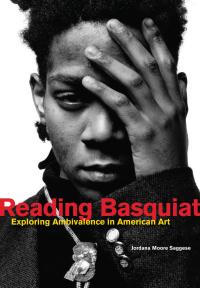
Read More about Reading Basquiat: Exploring Ambivalence in American Art
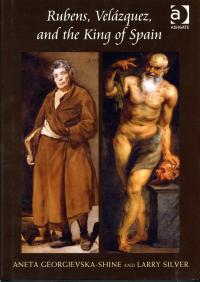
This study provides a new analysis of the pictorial ensemble of the Torre de la Parada, the hunting lodge of King Philip IV of Spain. Created in the late 1630s by a group of artists led by Peter Paul Rubens, this cycle was completed by Diego Velázquez. Despite the lack of a written program, surviving works provide eloquent testimony of several themes revolving around Neostoic ideals of self-restraint and prudent governance. Rubens set the moral tone through his serio-comic Ovidian narratives, complemented by Velázquez’s portraits of ancient philosophers, and royals and fools of the court. This study is the first to consider in depth their joint artistic contributions and shared ambition.
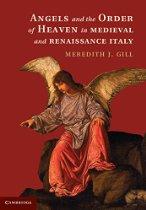
Read More about Angels and the Order of Heaven in Medieval and Renaissance Italy
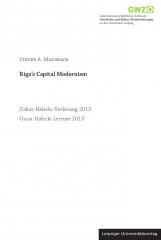
Read More about The Inner Landscape: The Paintings of Gao Xingjian
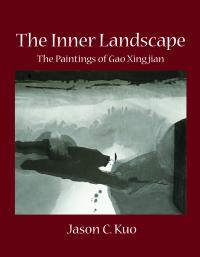
Read More about The Inner Landscape: The Paintings of Gao Xingjian